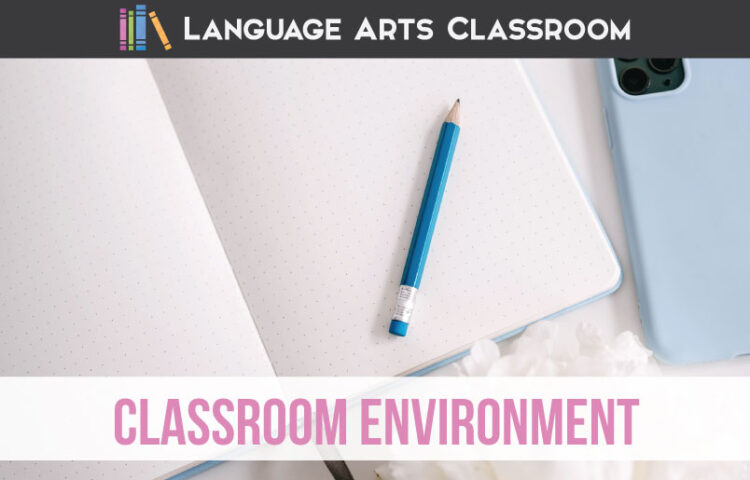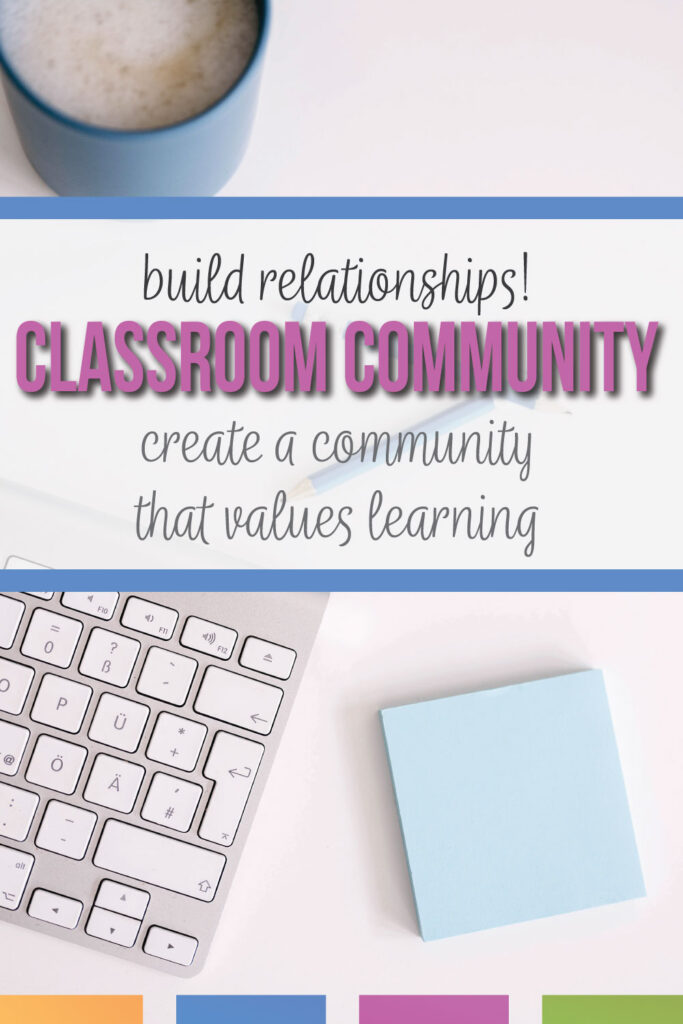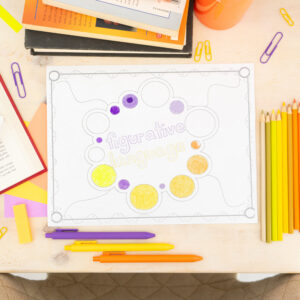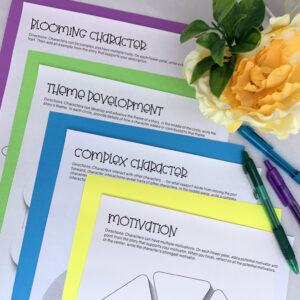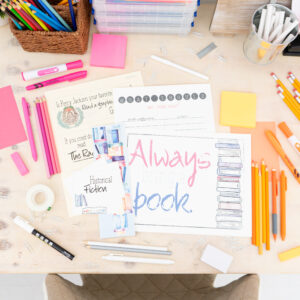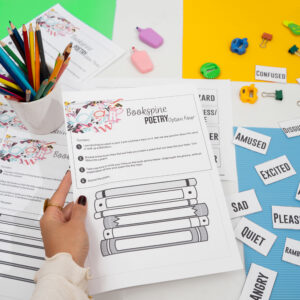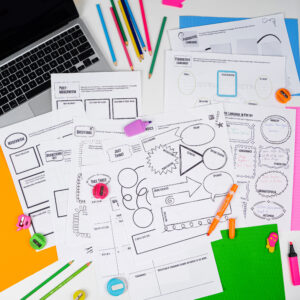A classroom environment can convey messages to students that words cannot.
All* teachers want students to learn more than content. I want students to write well, but I also strive to show students that writing can change the world.
(High expectations, I know.)
My goal: to create a classroom environment that encourages students to learn, to value education, to grow.
How do I make my classroom a good learning environment?
To create a good learning environment in your classroom, establish clear expectations and rules, maintain a positive and supportive atmosphere, encourage student engagement and participation, provide varied and stimulating learning materials, and foster open communication between students and teacher.
In practice, a good learning environment might involve daily routines so students understand classroom rules and understand what to expect. Teaching methods should allow for student learning in many ways, including emotional learning. The overall activities should lead to a positive learning environment.
What is a positive classroom environment and why is it important?
A positive classroom environment is one that promotes a sense of belonging, respect, and engagement among students. It is important because it enhances learning, fosters positive relationships, reduces disruptive behavior, and improves overall well-being for both learners and teachers.
Teaching training programs cover a valued classroom environment. After we teachers get into the depths of grading, communicating, building relationships, and maintaining our sanities, classroom environments get shoved to the bottom of the list. The environment matters, so how can we build it?
Well. I have no perfect answers. I do have methods that I purposefully weave into my classroom to better the classroom environment.
Here they are.
Read: the ultimate classroom environment builder.
When a spare minute presents itself, papers beckon for me to grade them. Sometimes, I cave and grade. Sometimes, I grab a book and stand in front of the class, reading. I model reading.
Reading is part of life and it shouldn’t be relegated to an “assignment.” Part of my teaching philosophy is that students should see an English teacher read for no reason. Then, my openness to share insight into my reading contributes to a strong rapport.
My reading includes young adult literature, but other times, I read educational books. When students ask what I’m reading (the titles must look odd to high schoolers), we discuss the title and content. Sure, they wrinkle their noses, but I tell them that education is my passion. I’m curious about its history and trends.
Hopefully, they find a passion they want to explore too.
Model metacognition.
Model your learning. Part of education is learning how you learn. It helps to model this for students.
For instance, while reading, I take notes and write on sticky notes. I fold paper into quarters and make charts of characters and type long lists. It is easy for me to show students these note-taking methods. We often complete graphic organizers together.
I do not color-code with small flags. I do not highlight. Some students dig the colored flags and highlighting, and so I’m sure to model how that helps some people. I remind myself to demonstrate learning in a variety of ways.
Plus, I’ve seen students struggle with actions we teachers take for granted. The next time you ask students to consult their textbook/presentation/information, model how you do that. Show students how you utilize the glossary, headings, and other pieces. Talk through a rubric with them.
Finally, create an environment open to learning by showing your struggles. When a student asks a question you don’t know, explain how you search on the Internet. What sites are not reputable? How did you determine that? What is running through your head? Will you verify information with more than one resource? Why?
All of these concepts probably make sense to adults, and we complete them without thought. When we show students our discovery process, we are creating a learning environment that encourages students to own their learning.
Provide a big picture.
Have a large view of education. For instance, many successful people do not possess a bachelor’s degree. Somewhere along the way, “education” became synonymous with “college.” It seems that an education/ training past high school is mandatory for most careers, but that doesn’t mean a bachelor’s degree. I try to be aware of my conversations with my classes concerning education past college.
Once, a female student said to me regarding graduation, “Oh, I’m just getting my cosmetology degree.” She literally lowered her head as she said this.
“Just” completing a training program? When she said that, I searched my memories, hoping that I never said or implied anything to make her think that. What is wrong with training as a cosmetologist? Nothing! Somewhere, she learned that she should apologize, but I’m thrilled if my students continue their educations past high school.
Some students may not be prepared to start a typical college experience, and some may never desire that. As teachers, we can create a classroom environment that values all future trainings and educations, not simply the standard ones.
Consider physical environment.
Teachers, largely, are not responsible for their physical classrooms. However, we can control the display of artwork, posters, and other visual aids that contribute to a positive learning atmosphere. A classroom environment should be inviting and inspiring, stimulating the curiosity of students. By carefully selecting and displaying educational materials, we can create a space that encourages exploration and engagement without creating busyness that overwhelms.
Another important aspect of the physical environment is a classroom library. For full participation with a classroom library, add fun activities to help readers discover books they will enjoy. A classroom environment that values education provides opportunities to help students discover reading material.
Think confidently.
As an educator, it is crucial to have a big picture view of education. We must recognize that our small gestures and efforts can help our students after they leave us. Like other teachers, I beat myself up for “not doing enough” even when I leave work exhausted. Still, I treat every student as a life-long learner, hoping that this confident outlook carries over to my learners.
The message: Life-long learning and civic involvement is possible. Through interactions with books, proud displays of student work, and practice, my students hopefully see themselves learning in the future.
I want my classroom environment to reflect that education is valuable and that students should take responsibility for their learning. Through modeling and honesty, I’ve found practices that create such an environment. I hope you can start with these practices and make them your own.
*I hope so!

